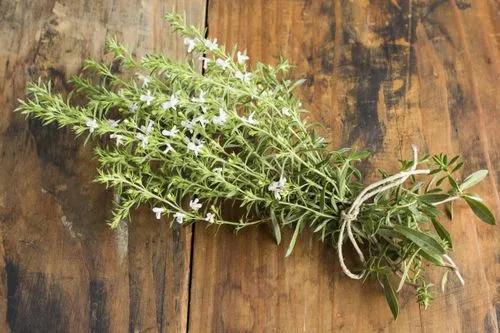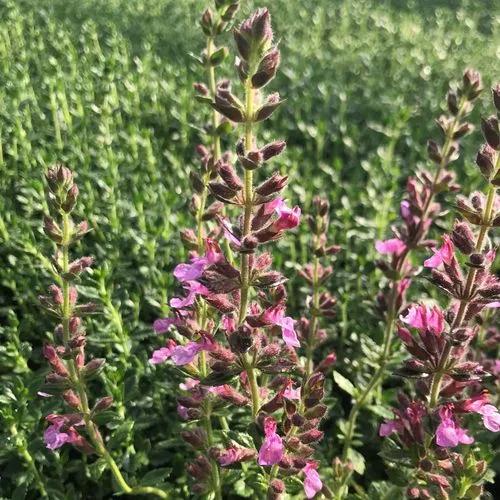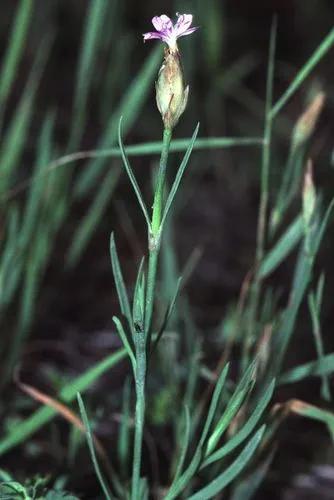Rumex pulcher is a PERENNIAL growing to 0.5 m (1ft 8in). It is in flower from June to July. The species is hermaphrodite (has both male and female organs) and is pollinated by Wind. Suitable for: light (sandy), medium (loamy) and heavy (clay) soils and prefers well-drained soil. Suitable pH: acid, neutral and basic (alkaline) soils. It can grow in semi-shade (light woodland) or no shade. It prefers dry or moist soil.
Fiddle Dock Care
Rumex pulcher



Rumex pulcher is a species of flowering plant in the knotweed family known by the common name fiddle dock. It is native to Eurasia and North Africa and it can be found elsewhere, including parts of North America, as an introduced species and a roadside weed. Europe. It is quite variable in appearance, and some authorities divide it into several subspecies that are more or less distinguishable. In general, it is a perennial herb producing a slender, erect stem from a thick taproot, approaching 70 centimeters in maximum height. The top of the plant may bend, especially as the fruit develops. The leaves are up to 10 or 15 centimeters long and variable in shape, though often oblong with a narrow middle in the rough shape of a fiddle. The inflorescence is made up of many branches, each an interrupted series of clusters of flowers with up to 20 in each cluster, each flower hanging from a pedicel. The flower has usually six tepals, the inner three of which are edged with teeth and have tubercles at their centers.
This plant might be poisonous
How to get rid of: Cultural Controls Mowing and hand removal are semi-disruptive ways to remove Curly Dock. Continual mowing helps keep the weed under wraps and reduces its competitive ability and the carbohydrates in the roots, making them unable to produce seeds. As for hand removal, it would be one of the easiest ways to get rid of the weed. If you decided to go this route, make sure that you remove the seedhead from the ground before the weed can germinate. Once the plant is removed, be sure to properly dispose of it by burning or moving it to a location far from you.
Chemical control For a more aggressive approach to getting rid of the Curly Dock, use a systemic herbicide that is applied when the plant is in-between budding and blooming, which typically happens in early fall.
How to Care for the Plant

Popularity

132 people already have this plant 28 people have added this plant to their wishlists
Discover more plants with the list below
Popular articles






